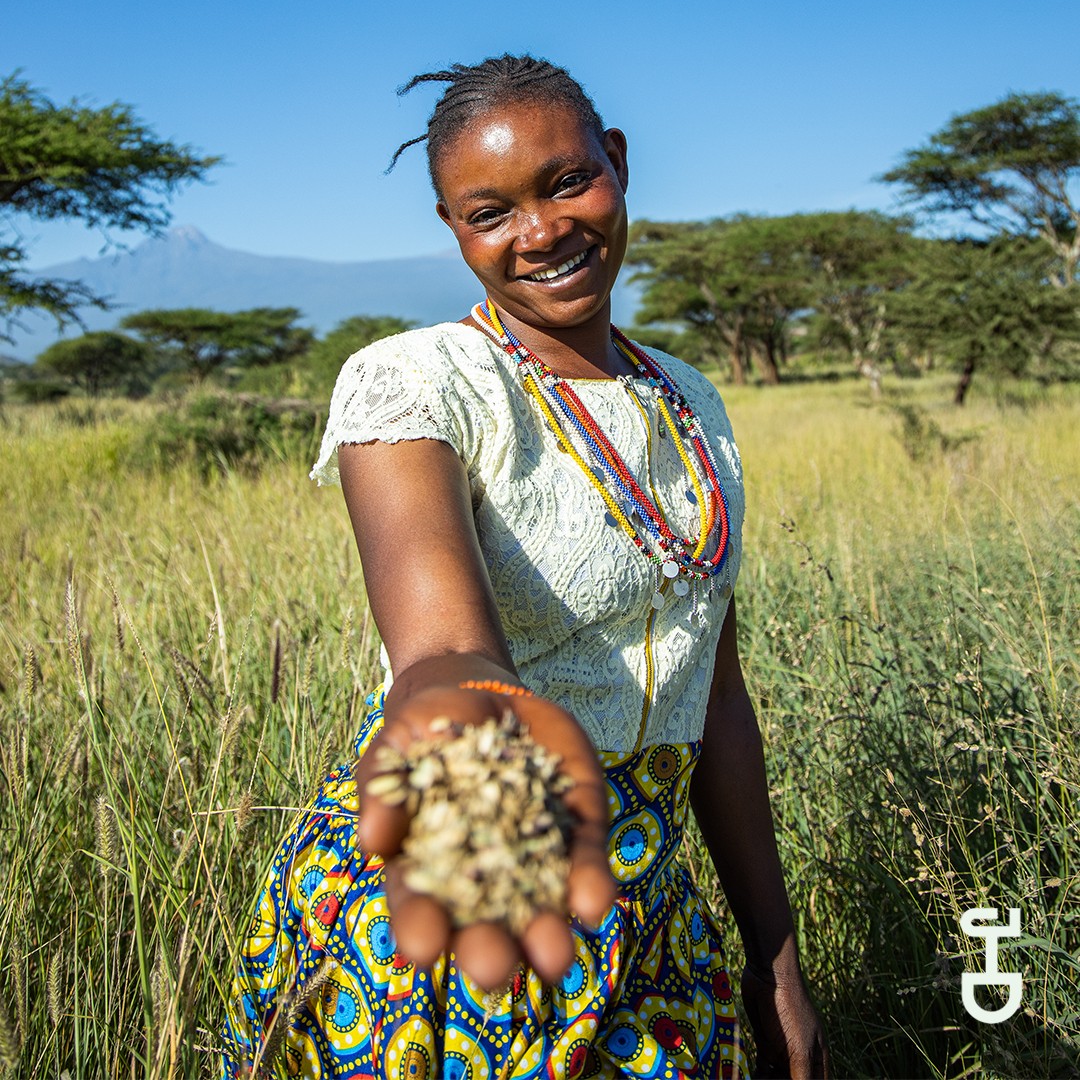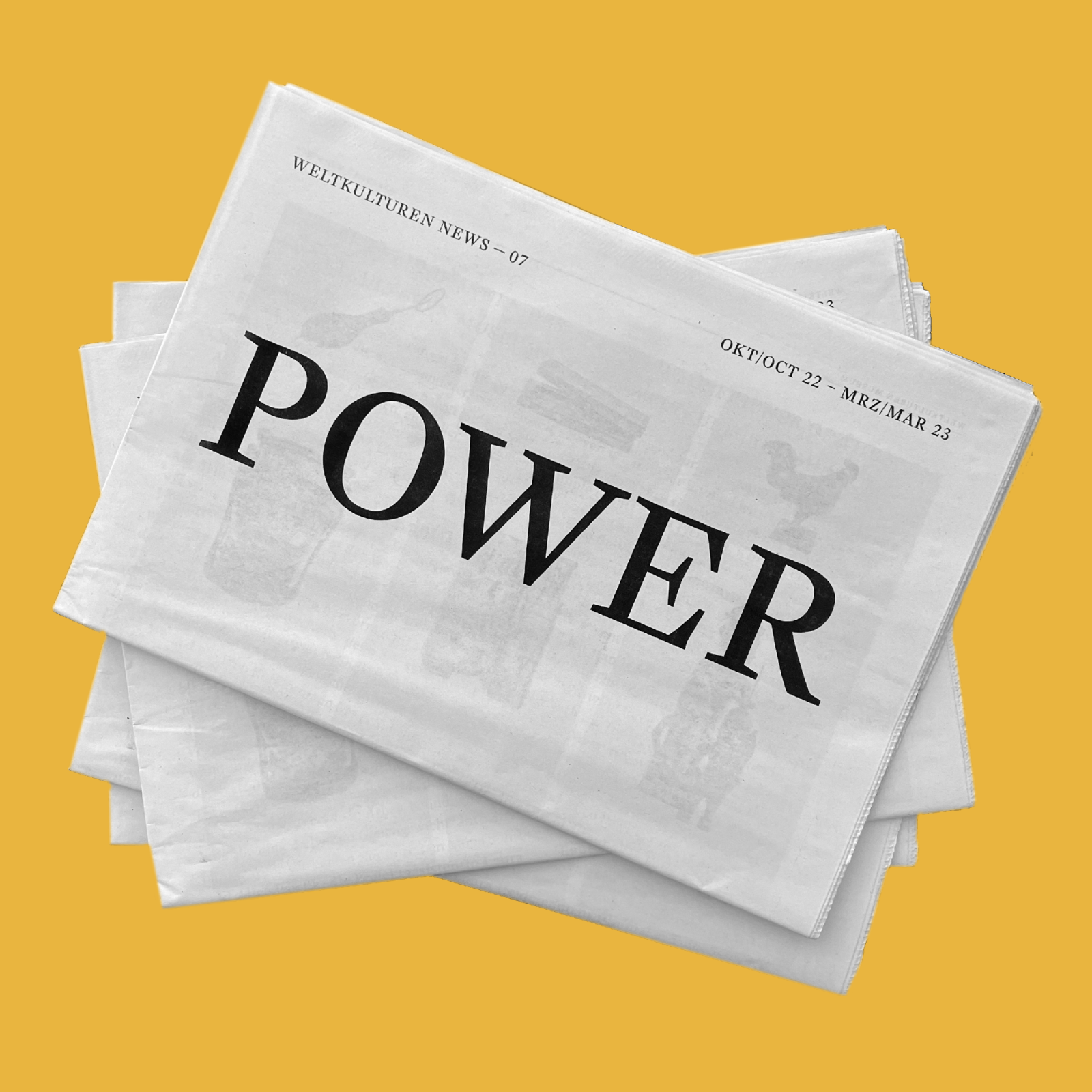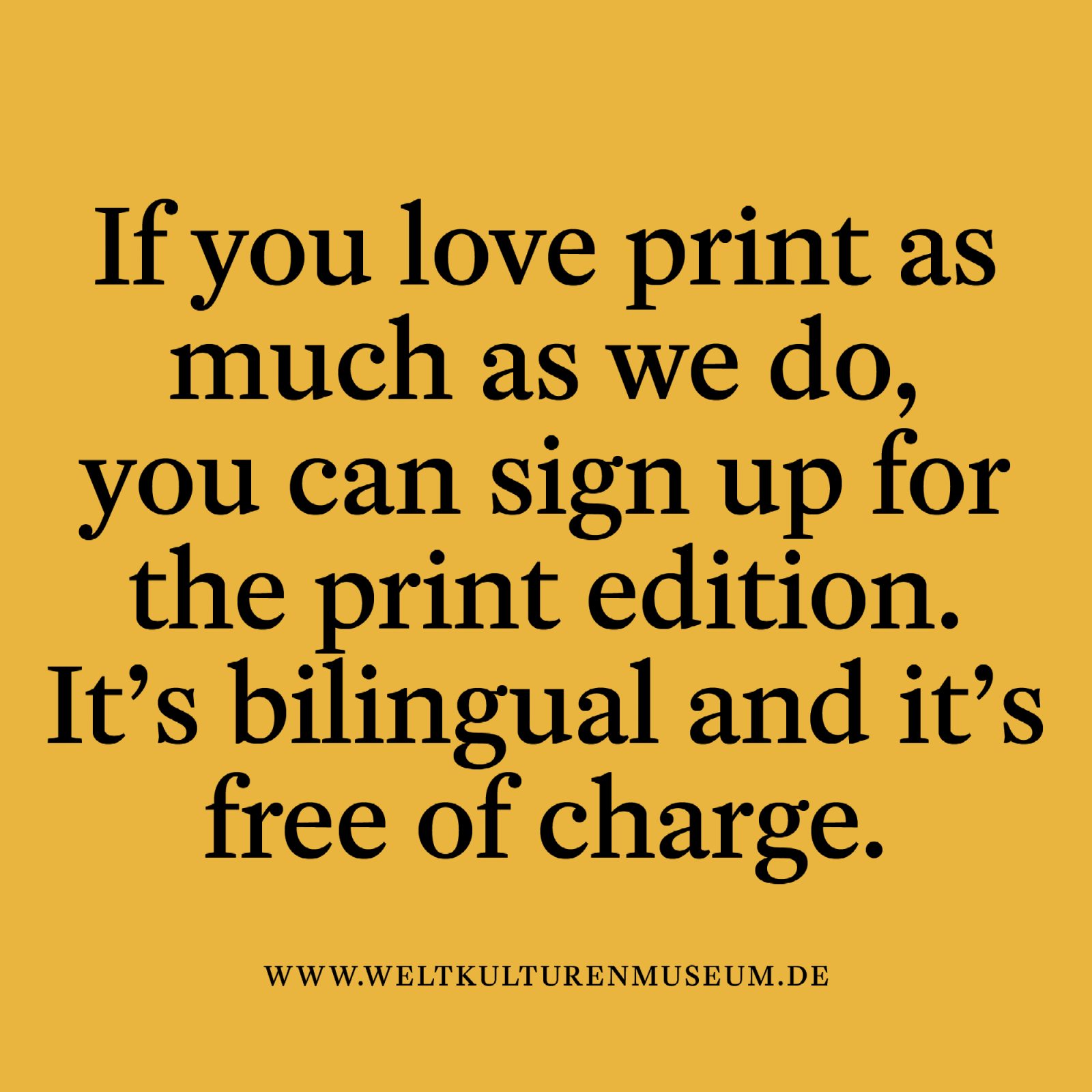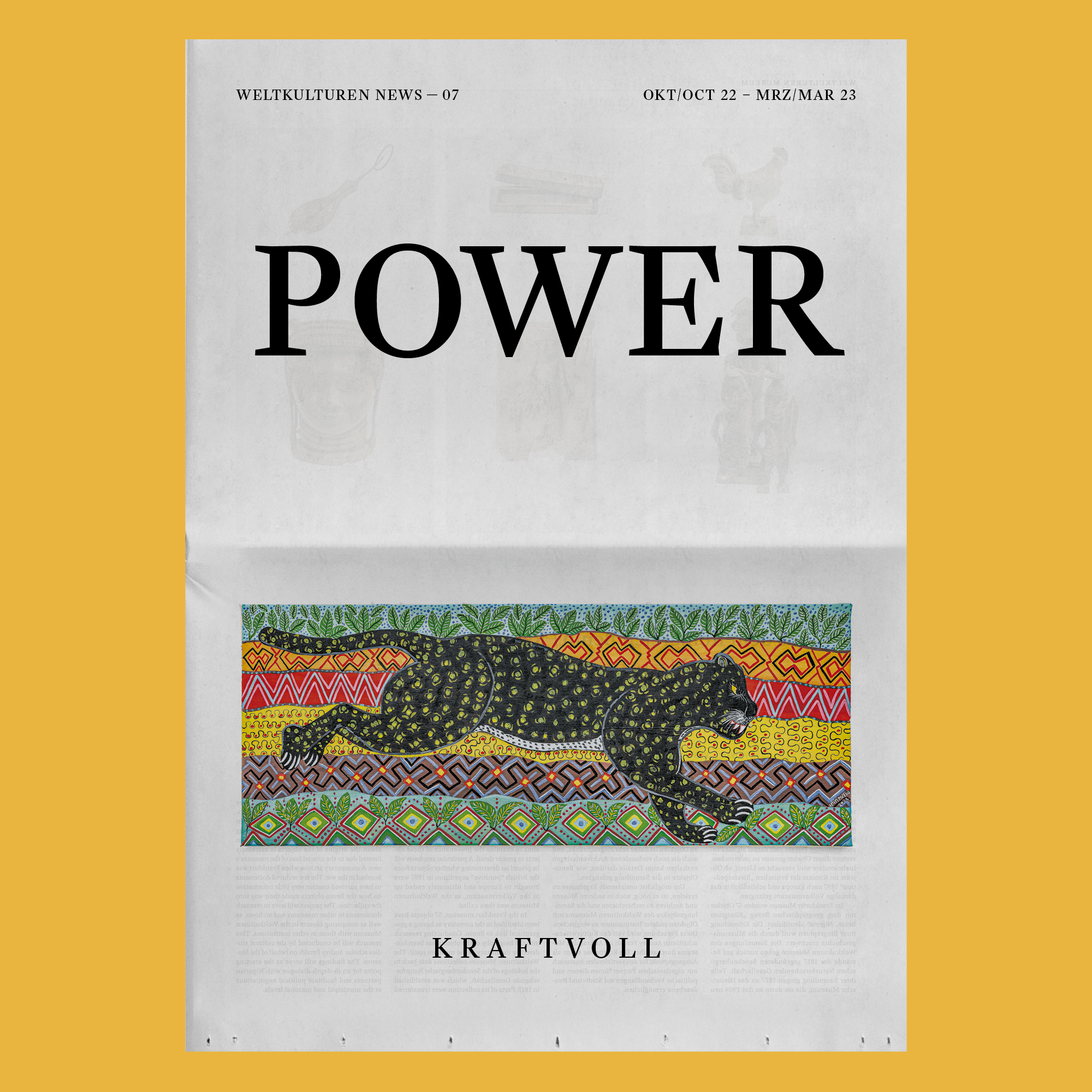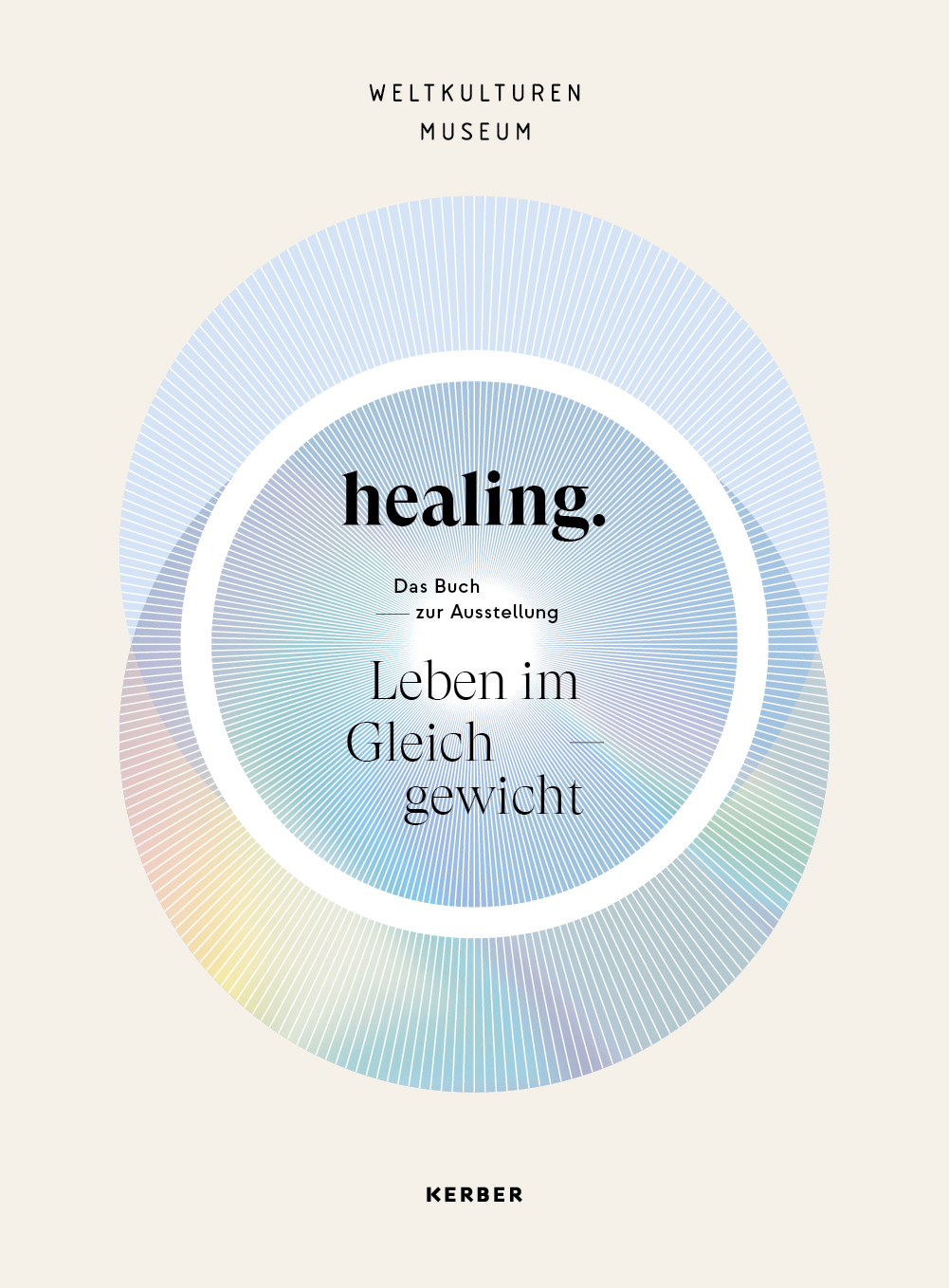CAUSE FOR HOPE
Laura Heidemann on activist transformations as healing processes
What does a perfectly “healed” world look like? What would life be like in a world without exploitation, violence or inequality? Is achieving this kind of state even possible? What paths would have to be taken for that to happen? Healing and transformational processes are not exclusively associated with the physical or psychological crises suffered by a particular person, and in fact they can often be situated within a larger context. So the ills and imbalances suffered by our planet and by us, its inhabitants, occur time and time again. It’s up to us to overcome these challenges and strive to achieve an equilibrium that makes collective healing possible. While some people react to the ubiquitous crises by feeling bewildered, pessimistic or overwhelmed – or even confront them with ignorance – there is a steadily growing number of activist individuals and groups who are taking action, assuming responsibility for the current woes and thereby making it possible to achieve change.
But what does activism actually mean, and how much of a contribution does it make to the healing processes? This question has fascinated me since I began my traineeship, and I’ve spent a lot of time looking into it. After conducting in-depth research and getting in touch with activists, I understand activism as self-empowered action in order to pursue goals that will lead to a future that will hopefully be better. Rather than being viewed as a single activity or a single thought, activism should be seen as a continual, dynamic process that brings about change. In recent decades, Indigenous knowledge about the mutual relationship between people, animals, plants, spirits and gods has become ever more important. While Western beliefs primarily view nature and the environment as a resource to be used (and exploited), Indigenous groups play a special role in protecting biodiversity through their sustainable way of life. This is based on the notion that we are linked to all other living creatures as part of a mutually interlinked community. At the same time, it is generally the areas where Indigenous people live that are being threatened by the systematic destruction of ecosystems. But the Indigenous communities should not be forced to bear the sole responsibility for dealing with this crisis – there is no doubt that it has to be shared across the globe.
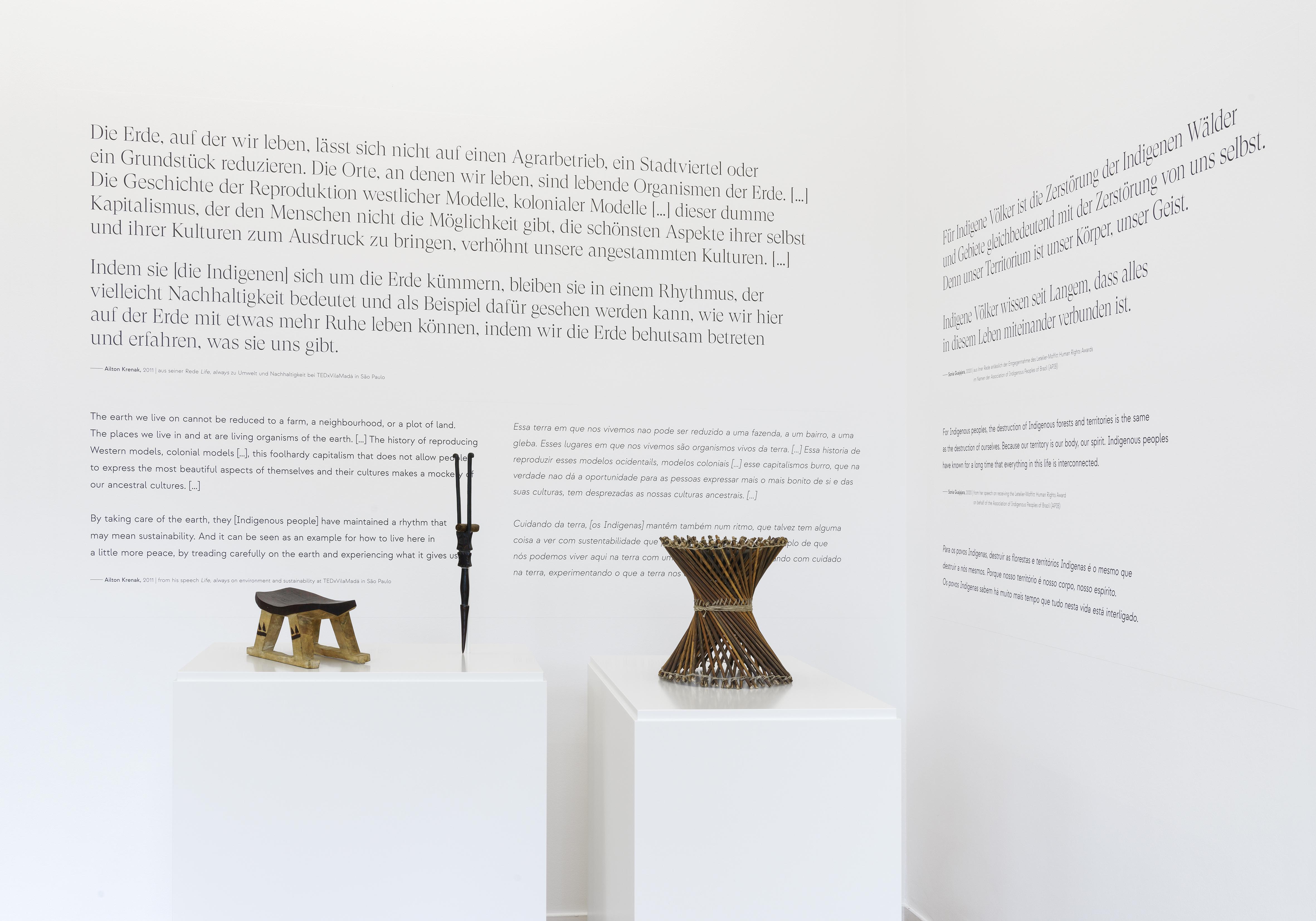
Exhibitionview "healing. Life in Balance“
It is extremely important to us that activists’ voices are heard as part of the international project “healing. Life in Balance”. In the exhibition we will be presenting quotations from Indigenous activists and the book of the same name will introduce activists who do not represent an Indigenous group but who aim to promote harmonious co-existence in a similar manner. In preparing the ground for this accompanying publication I looked around for activists from various regions of the world who were campaigning for different causes. My research was facilitated hugely by them being globally linked through social media. I stumbled across so many committed people with exceptional projects and missions whose motivation and determination were both impressive and inspiring. Despite the immense range of problems being combatted, they provide cause for hope. The three activists whose voices are heard in our publication will each answer three questions about what makes them such dedicated campaigners. Although they are each battling different issues, they share similar approaches to the specific notion of healing. Here below there is a brief glimpse of their highly impressive projects:
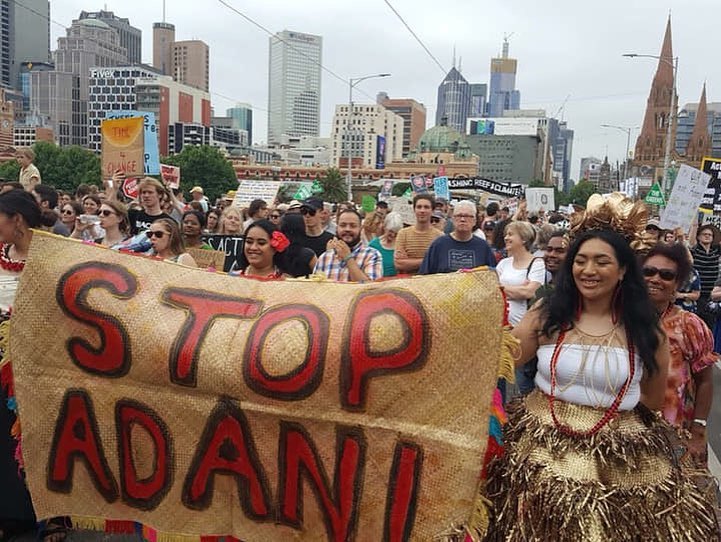
Photo: Fenton Lutunatabua
When Fenton Lutunatabua, an inhabitant of the Republic of Fiji, was still a young boy his grandfather taught him that the ocean would look after him and his descendants, just as it had done for his ancestors. However, in recent decades Lutunatabua has noticed a trend in the opposite direction: manmade exploitation and pollution have turned the sea into an ever greater danger. The islands are affected more often by flooding, which threatens not only the inhabitants’ food security and freshwater provision but also their immediate safety.
In order to save his homeland and leave a healthy planet for coming generations, Lutunatabua has been campaigning since 2009 against the causes of climate change and the consequences it has on the oceans. He was initially active as the Fijian representative for Greenpeace. Since 2013 he has been working for the environmental NGO 350.org, and is currently a regional manager for the organisation. In addition, Lutunatabua co-organises the environmental activist group Pacific Climate Warriors. His goal is to transform energy systems into completely renewable and socially equitable energies: “We need to ensure there is political will to shift away from all things that harm this planet and begin the transition now.”
Angeline Makore, who comes from Zimbabwe, combats gender-related discrimination and gender-specific violence, which she regards as both a local and a global problem. As an activist, she has thrown herself into tackling this abuse and aims to change the underlying circumstances: “I want to see a society where girls and women thrive – economically, emotionally and socially.”

Stop genderbased violence. Photo: Angeline Makore
In 2014, Makore founded the NGO Spark R.E.A.D., which supports and aids girls and women in the fields of health, safety and education. It runs a number of educational programmes on health issues such as pregnancy, hygiene and contraception. Moreover, women and children are offered protection from all forms of violence through the provision of emergency shelters, medical care and psychological and legal support. Makore also set up Mwedzi Social Enterprise in 2016 to teach women and girls how to found their own company as the basis for achieving financially independence. However, the activist believes that projects like this have to be supplemented by structural changes, for instance stricter laws against discriminatory cultural and religious practices. “[…] there is […] a great need for systematic change to eliminate or reduce inequalities which is, I believe, the ultimate starting point of healing.”
In recent decades, the green landscapes that were so familiar to Peter Westerveld as a child in Tanzania have disappeared due to widespread deforestation. So the artist and inventor started restoring them using sustainable regreening techniques. In 2009, he met the Dutch marketing director Dennis Karpes, who had already run several charitable projects and campaigns. Karpes was enthusiastic about the initial results of the reforestation programme. Based on the vision of a collective movement to regreen landscapes, Westerveld und Karpes set up the international not-for-profit organisation Justdiggit, which is based in Amsterdam. It is now a member of the Global Evergreening Alliance, the Green Up to Cool Down campaign and the UN Environment Programme.
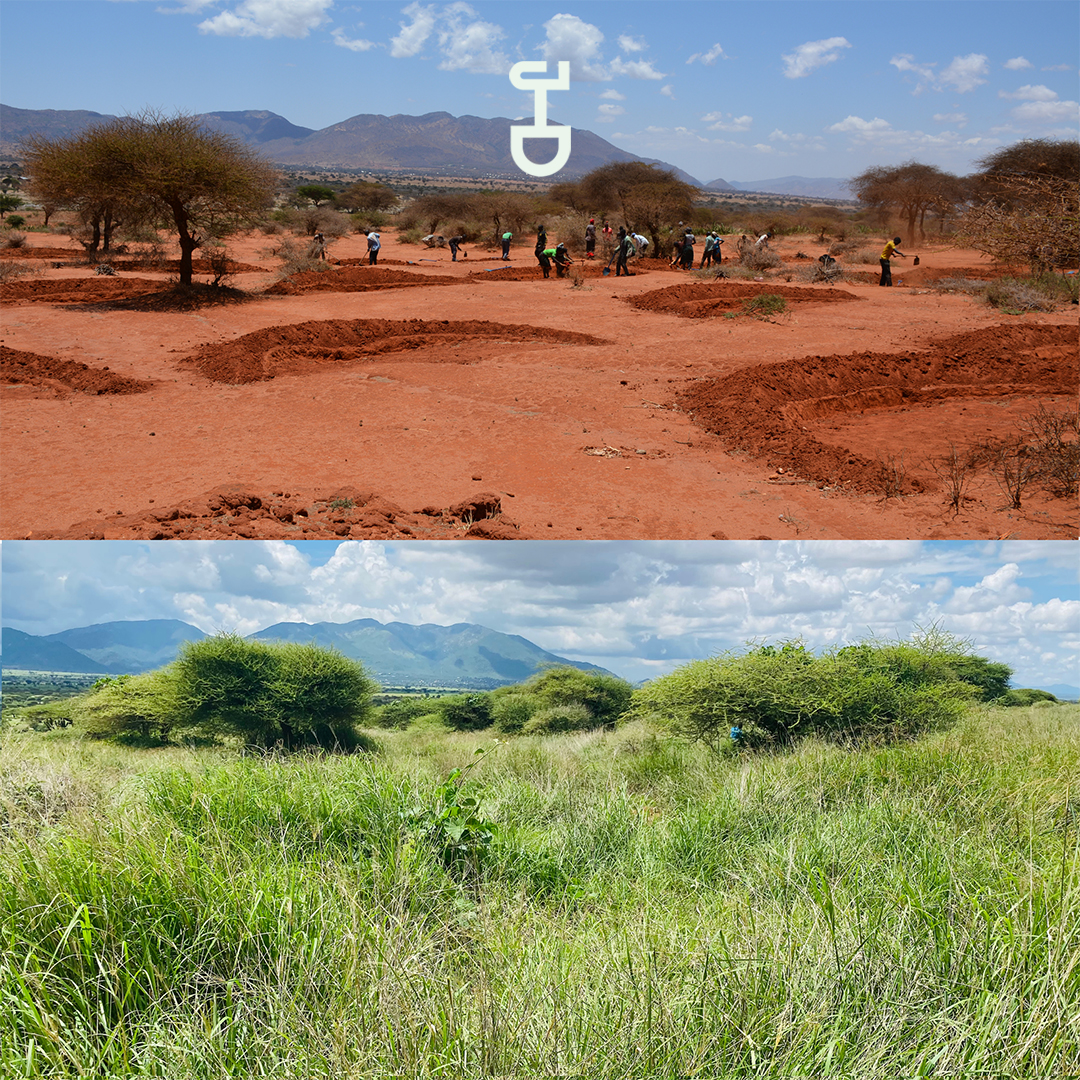
Credits: Tony Wild & Justdiggit
The goal of this international NGO is to regreen Africa in the next ten years with the help of nature-based solutions. This will “cool down” the planet and put a brake on the threat of climate change. “Bringing back vegetation has a myriad of positive effects for the climate, the environment, biodiversity and people. It is one of the keys to healing our planet and restoring our role as caretakers of it. Justdiggit has projects in Tanzania, Kenya, Ethiopia and Uganda, working together with local subsistence farmers as well as national and international organisations. The NGO also uses media campaigns, communication, mobile technologies and partners who are already well known to raise awareness of their movement and their message around the world.
The activists are calling for people to join forces and take steps to heal the wounds inflicted by social and ecological inequality, injustice and exploitation. Their goal is invariably to transform the situation for the better. The idea of healing as something that involves a collective assumption of responsibility is like a common thread running through the work undertaken by these activists. This includes coming together to eradicate the cause of the harm as well as shaping the way people should live together in the future, at both the social and global levels. It presupposes a holistic connection with each other and with our planet which has to be respected. We cannot personally live healthily and happily until other integral aspects of the complete network have been healed, because we are all affected by social and ecological ills, regardless of whether we have already observed or experienced the consequences at first hand or not.
Biography
Laura Heidemann specialised in Cultural Anthropology and Media Studies at Universität Bonn, Pontificia Universidad Católica del Perú, Lima, and at Universität Freiburg. She has been a research assistant in the Americas department at the Weltkulturen Museum since 2021 and is a curatorial assistant for the exhibition “healing. Life in Balance”.
The article was published in Weltkulturen News #7. Subscribe here for your free copy
You can get more in-depth insights here

